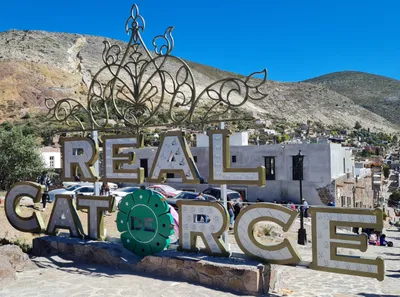
Real de Catorce, Mexico: Where History Meets Mysticism
In the middle of the Sierra de Catorce lies the Magical Town of Real de Catorce, always waiting for visitors to tell them about its legendary mining past and show them its beautiful landscapes.
It is not known precisely when the first silver vein was discovered, but in 1772 the town already existed.
At the beginning of the 19th century, the mines of Real de Catorce occupied second place in production worldwide. However, the great wealth of silver came to an end around 1910.
The different buildings constructed during its prosperity stages constitute its main tourist attractions.
In 2001, Real de Catorce was incorporated into the system of Magical Towns based on its architectural heritage, mining past, indigenous culture as one of the main seats of the Huichol civilization, and its legends and traditions.
Where is Real de Catorce, Mexico?
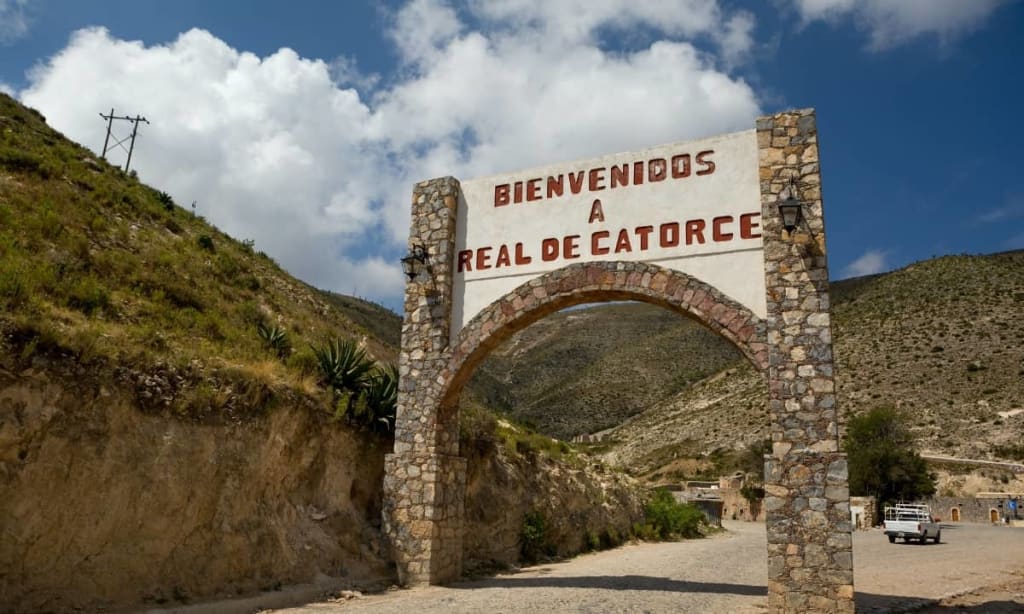
Again, Real de Catorce sits in the north of the state of San Luis Potosi, and it was an important mining town between 1770 and the first decade of the XX century.
The closest city to Real de Catorce is Matehuala, about 60 km away, although the trip takes more than an hour because of the return trip to Cedral and San Juan de Vanegas.
If you’re in San Luis Potosí City, you must travel 254 km towards Matehuala.
Saltillo Coahuila is 286 km away, Zacatecas is 310 km away, and Mexico City is 670 km away.
What are the main attractions of Real de Catorce, Mexico?
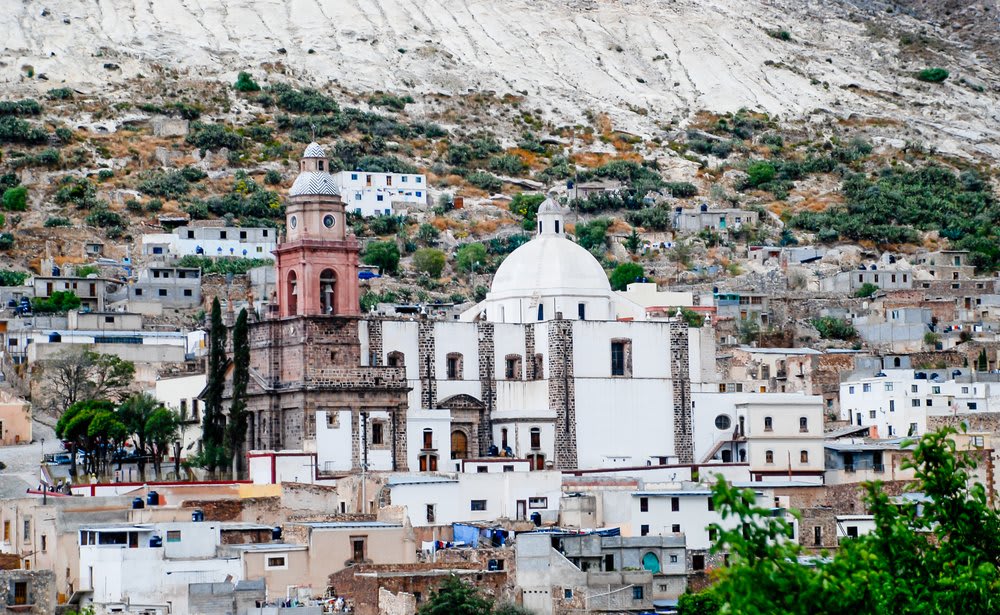
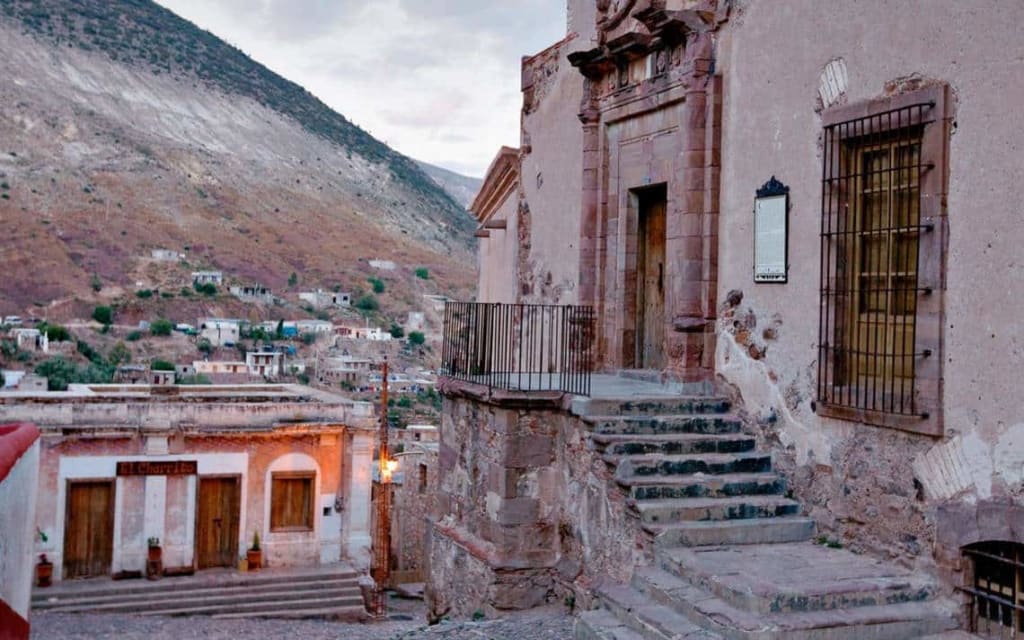
The mining prosperity lived by Real de Catorce during three centuries left important buildings and ruins, such as:
- The Parish of the Immaculate Conception
- The Church of Our Lady of Guadalupe
- The Mint House
- The Ghost Town
- The Palenque de Gallos (cockfight ring)
- The Bullring
- The Ogarrio Tunnel
- The Laguna Seca Hacienda and some bridges, notably the Zaragoza Bridge
The strong presence of the Huichol culture in the Magical Town can be appreciated in the Wirikuta reserve, the Cerro El Quemado, and in the art of this ethnic group.
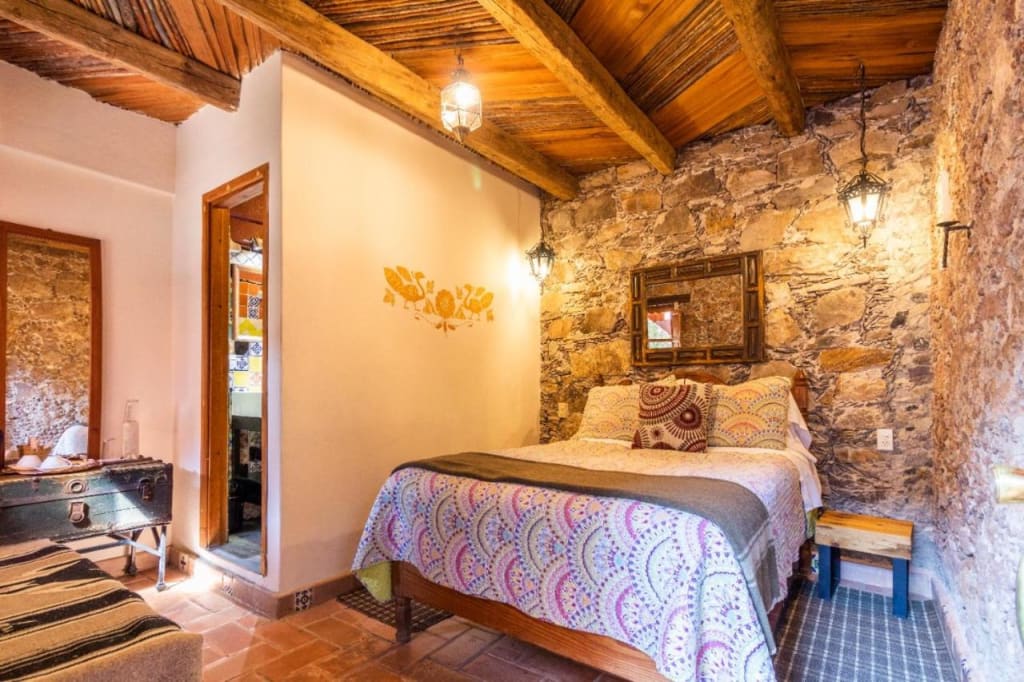
Recommended Hotel: Amor y Paz – Adults Only
Real de Catorce’s attractions complement the town’s legends and delicious culinary art.
The Purísima Concepción Parish
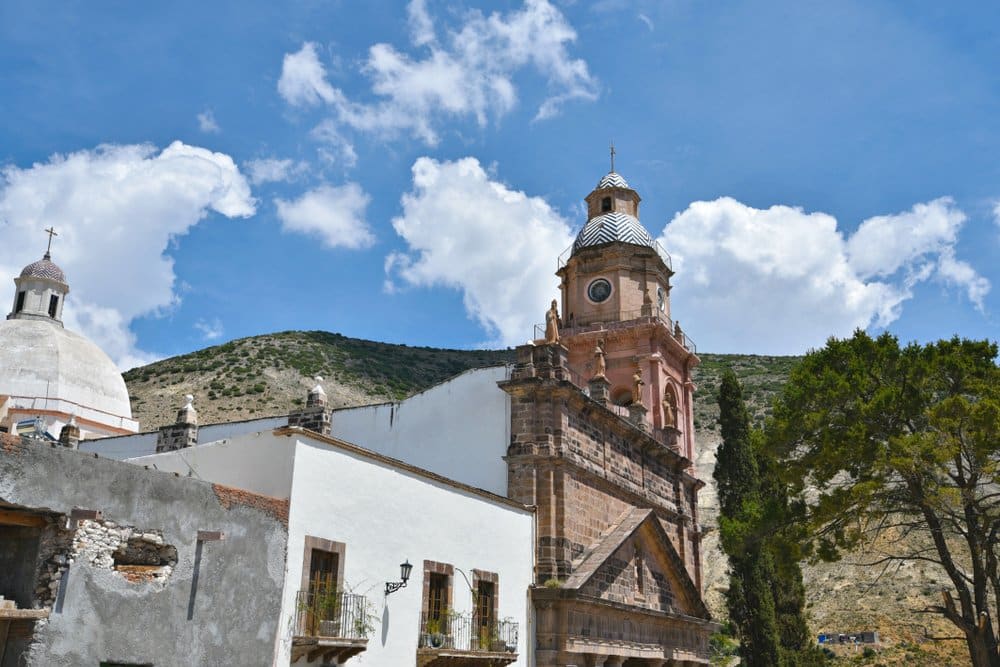
The patron saint of Spanish and Mexican miners who exploited the town’s rich silver veins is venerated in The Immaculate Conception parish.
The façade of the 18th-century temple is neoclassical, with Doric brushstrokes, and in the interior, the neo-Gothic style altar stands out, which was installed at the beginning of the 20th century.
On the walls, there are several altarpieces, most of them offered by the faithful in gratitude for favors received.
Other valuable pieces of the church are its 1834 pipe organ with 1200 flutes and the image of St. Francis of Assis.
Admire the image of San Francisco de Asis

An image of Saint Francis of Assisi venerated in the Parish of the Immaculate Conception was first in the Church of Guadalupe, located in the cemetery of Real de Catorce.
The “Catorceños” colloquially and affectionately call him El Charrito and Panchito.
His festivities are celebrated between September 25 and October 12 and are attended by tens of thousands of pilgrims and tourists in a devotion that has grown over time.
According to tradition, the image arrived in the town on the back of a donkey, its origin unknown.
Visit the Church of the Virgin of Guadalupe


This church has the unusual particularity that it is located inside the cemetery of Real de Catorce.
It was built to bury at the same time inside a temple and a cemetery the most notable deceased of the town.
In its interior are 70 tombs of wealthy people, priests, and other illustrious catorceños.
On one side of the church, there is a very old chapel that was used to watch over the bodies before burials.
The temple of the Virgin of Guadalupe was the first shelter of the image of St. Francis of Assisi, now located in the Parish of the Immaculate Conception.
Explore the Ghost Town of Real de Catorce
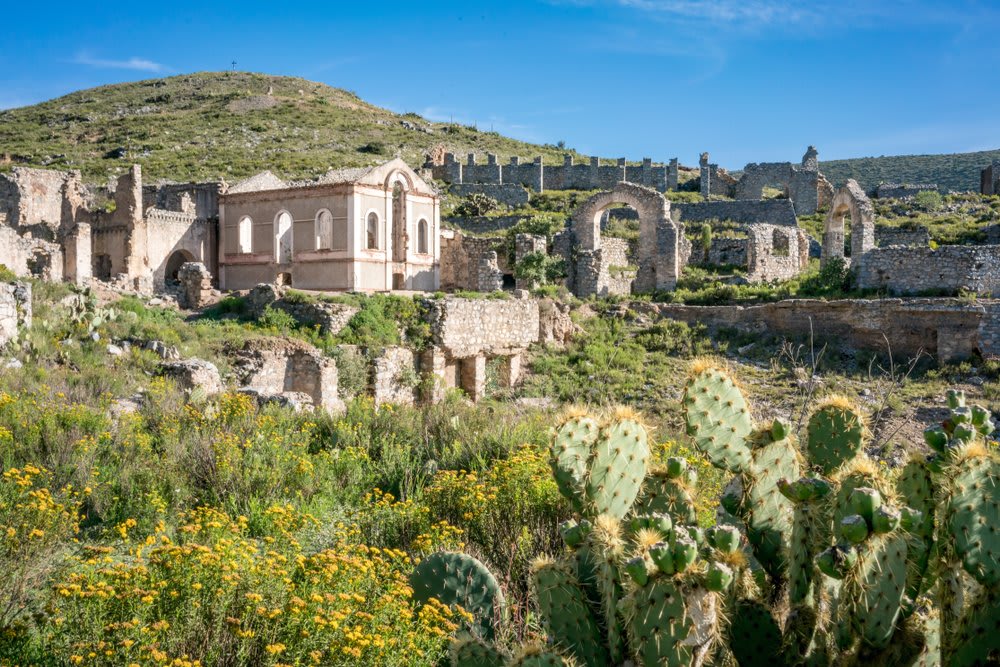
The area of Real de Catorce that gets the name Pueblo Fantasma (ghost town) is the ruins of the mining shot of the Compromiso and the haciendas in which the mineral exploited in the mines of Concepción benefited.
Two versions dispute the origin of the name Pueblo Fantasma:
- One indicates that it arose from the ghostly appearance that acquires the zone at certain times of the year when the pressure differential between the shot’s interior and the outside generates some columns of humidity that veil the atmosphere.
- The other version of Pueblo Fantasma is the ruinous and abandoned aspect.
Visit the Old Real de Catorce Mint House
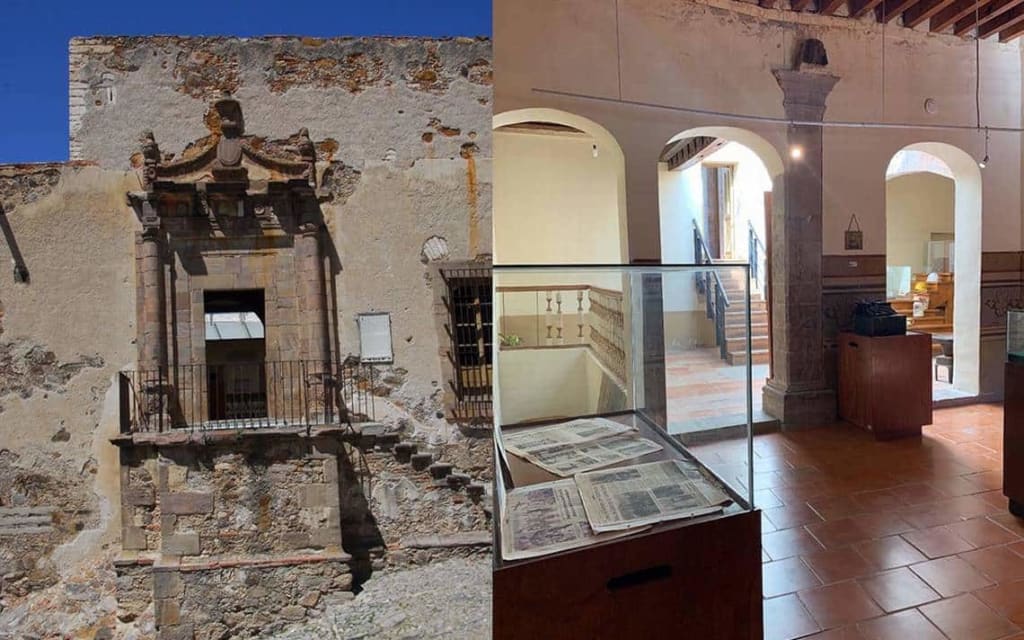

This large house was finished in 1863, and in that same year, the minting of silver coins began, as indicated by some of the preserved pieces.
In 1866, the French Empire occupying Mexico ordered the house’s closing.
The town council prepared a letter requesting Maximilian to annul the order, asking General Tomas Mejia to be its bearer before the emperor.
However, the letter was never answered, probably because in June 1867, both Mejía and Maximiliano were shot in Santiago de Querétaro.
There were Real de Catorce coins before 1863, but they were made in local workshops. The Mint is now a Cultural Center.
The 8 Reales coin of 1811 is the rarest and most important of those made in the town and most appreciated by Mexican and foreign numismatic enthusiasts.
It is a smooth-edged silver piece with an irregular module of 38 millimeters. Due to its rarity, a specimen can be valued at 50,000 dollars, which is why it is the object of forgeries.
It was minted during the turbulent years of the reign of Ferdinand VII of Spain by the supporters of the so-called Felon King.
Explore the Ogarrio Tunnel in Real de Catorce, Mexico

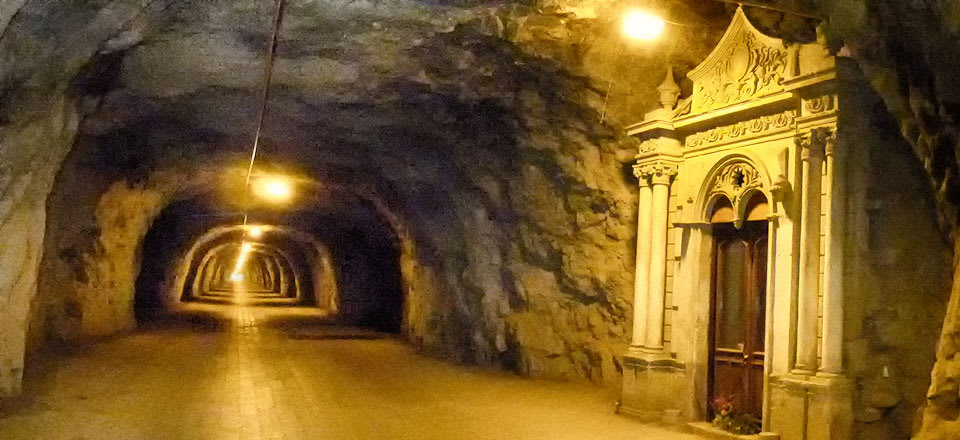
This 2.3 km tunnel, now a tourist attraction, was one of Mexico’s most significant engineering projects in the late 19th and early 20th centuries.
It was built by the Counts of La Maza, wealthy Spanish mining entrepreneurs who named it after Ogarrio, their hometown in Cantabria.
The tunnel, which today constitutes the access road to the town, was built to enter and exit materials and personnel in the mining exploitation.
You can still admire the shots that have been preserved unaltered for more than 100 years.
Visit the Hacienda Laguna Seca
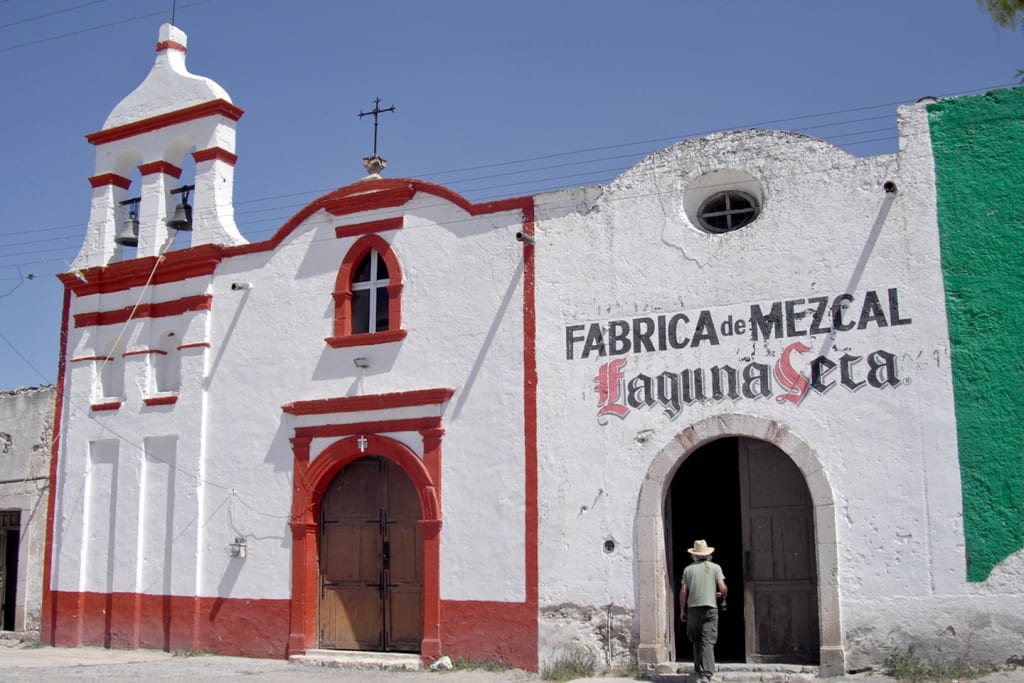
This former hacienda is not far from Real de Catorce, where it is possible to admire the environment in which mezcal was made several centuries ago.
The manufacturing process of the ancestral beverage has been modernized.
Still, the building preserves its basic structure, with its characteristic architectural elements, such as the vaults above the fermentation basins, the mills, and the stills.
It is also possible to admire the stone ovens for cooking the maguey and the old brick chimneys.
The maguey stalks now arrive at the factory in motor vehicles, but you can still sense the atmosphere where the transportation was done with mules.
Admire the Zaragoza Bridge
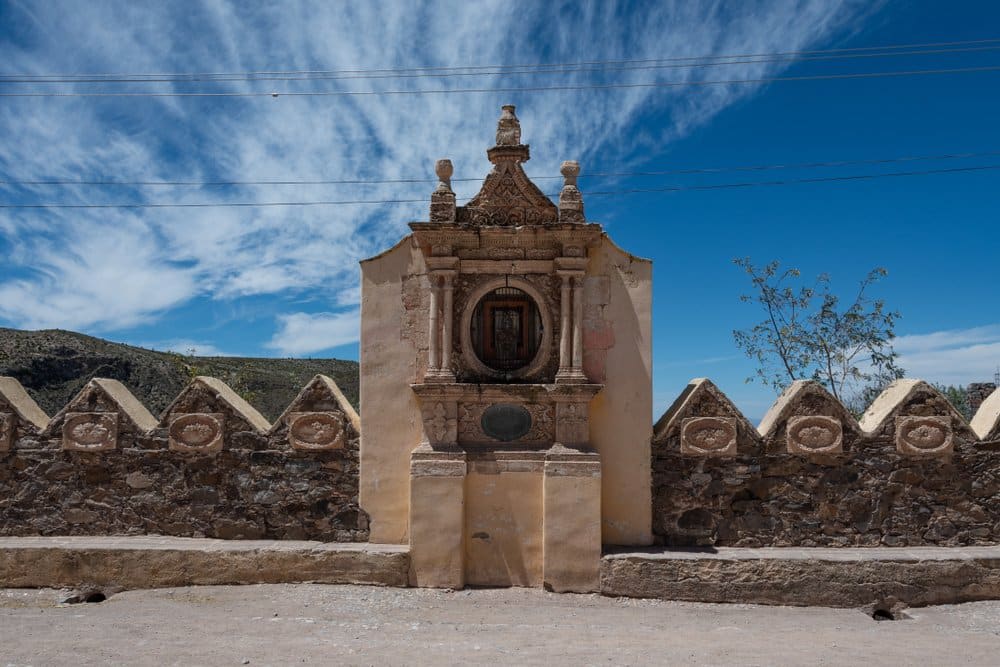
This broad and beautiful bridge, one of several in Real de Catorce, Mexico, is located on the way to the cemetery and the old Bullring and is the oldest in the Magical Town.
Triangular structures crown its wall, and in its center, it has a high sidewalk and an attractive top.
The bridge is over a canyon that disappears into the foothills of the sierras, offering beautiful views.
Hire a Tour in Real de Catorce
A small company in town called the Caballerangos de Real de Catorce takes tourists on the three most exciting routes in the Sierra de Catorce: the Cerro Grande, the Ghost Town, and the Quemado Hill.
The Cerro Grande route has stops at the San Agustin and Milagros mines, the Zapato and Los Riscos caves, and the Pueblo Fantasma.
The unique route to the Pueblo Fantasma includes a stop at the Purísima Concepción mine.
The Ruta del Quemado has the Cerro del Quemado as its final destination. If you want to ride the old-fashioned way, get a horse.
The importance of El Quemado Hill
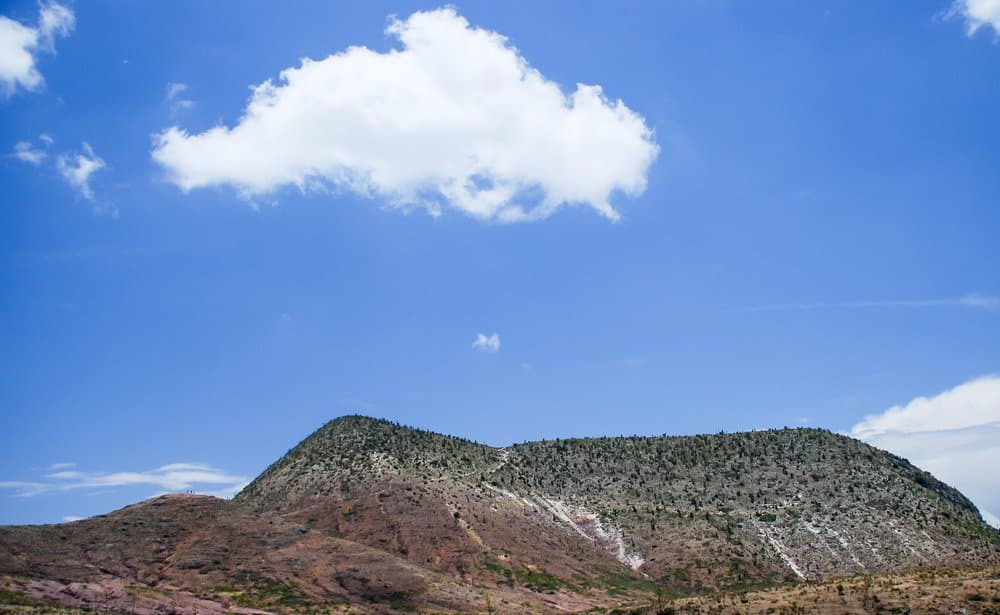
Wixárikas or Huicholes are an Indian ethnic group of the Sierra Madre Occidental, whose ancestral traditions consume peyote, a hallucinogenic cactus endemic to Mexico.
The primary sacred center of the peyote collection is the Cerro El Quemado de Real de Catorce, the “Place where the sun is born” for the Indians.
The pilgrimages of the different Huichol communities, who go there to communicate with their gods and ancestors, end at this desert elevation with the appearance of scorched earth.
Real de Catorce gastronomy
This town offers some of the most delicious dishes in Potosina cuisine.
Among the most valued delicacies are the bocoles, pork stew with ancho chile; the enchiladas potosinas made with refried beans and red chile; the cabuches and the nopales with tomato, onion, and aromatic herbs.
The typical drinks are aguamiel and colonche.
Hotels in Real de Catorce
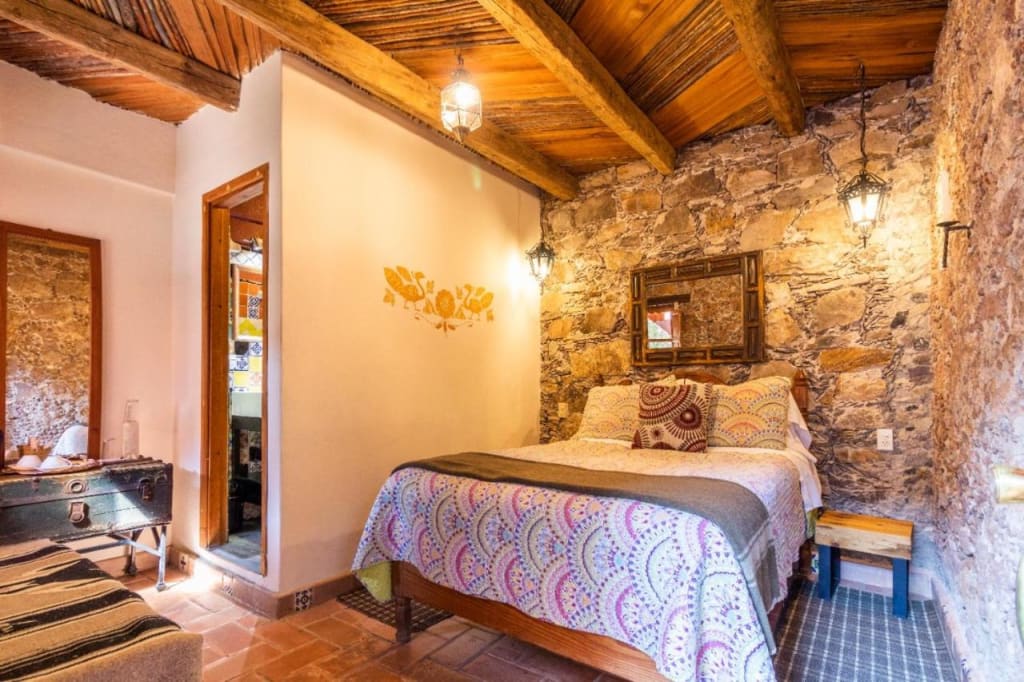
Real de Catorce has some simple but cozy hotels, such as:
- El Real
- Ruinas del Real
- El Rincón del Pintor
- Shantiniketan Morada de Paz
- Hotel Real Bonanza
Many visitors to the Magical Town prefer to stay in the nearby city of Matehuala, 60 km from Real de Catorce, where Hotel María Esther, Hotel Casa Real Matehuala, and Las Palmas Midway Inn stand out.
Hotel Desierto is in the town of Cedral, 35 km from Real de Catorce.
A few restaurant recommendations
- Mesón de la Abundancia, located at Lanzagorta st. 11, is praised for its pizzas and pasta
- Café Azul, at Lanzagorta St. 27, serves delicious crepes
- Realbucks, also on Lanzagorta, offers excellent Veracruz coffee with yummy pastries
- Al Gusto is an Italian house located on Calle Lerdo de Tejada 3, serving freshly made pasta with authentic Italian flavor
- Other options are the restaurant at the Hotel El Real, Tolentino’s, and Restaurante Monterrey
What is the weather like in Real de Catorce?
Real de Catorce has the typical “high mountain” climate, protected by its altitude of 2,728 meters above sea level.
The coolest months boast an average temperature below 10° C in December and January.
The average summertime is around 21° C from June to August.
However, temps can drop as low as 5° C in the cold season, so precautions should be taken.
I hope your next trip to charming Real de Catorce will be full of unforgettable experiences.